Quick Reference
c. 1928
Unknown
Oil on Canvas
Landscape
Farms
25" x 30"
Unknown
Unknown
NA
Featured Artwork: Grey Heights
RSW's Diary Comments
_sigLG.png?url=photos/grey_heights(oil)_sigLG.png)
 RSW's signature found in the lower right corner
RSW's signature found in the lower right corner
Editor's Note:
There are no diary comments for this painting. There are two records of the name,
however, BOTH are spelled differently and are probably referring to a chalk drawing (pastel) that
exhibited in January of 1930 at the Longmeadow Woman's Club show. Still, we have no physical
evidence of the chalk drawing other than being listed on the exhibition records. The uncited clipping
(below) we have does not say if it is an oil or pastel painting it is referencing. Our guess would
be that the clipping is for the Woman's Club exhibit. This actually makes more sense because we
believe that this painting was made earlier than 1925. (See An Old Farm
for a very similar style). Below, reading the description of the painting's "impasto" style dates it
pre-Redgate or 1922.
Also, it is possible the later date of the chalk could be attributed
to (1) it was made much earlier and RSW wanted to give the Woman's Club something affordable, and/or
(2) RSW still had the original oil painting in his studio and made the chalk for the Woman's Club.
Additional Notes
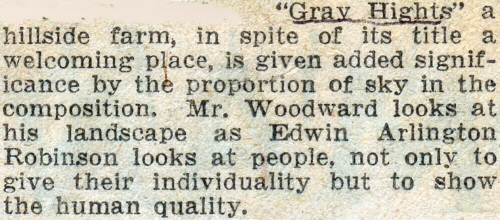
 Uncited clipping
regarding this painting:
Uncited clipping
regarding this painting:
".....A hillside farm, in spite of its title a welcoming
place, is given added significance
by the proportion
of sky in the composition. Mr. Woodward looks
at his landscape as
Edwin Arlington Robinson
looks
at people, not only to give their individuality but to
show the human quality."
 Needless to say but this painting has been listed on the website
as Gray Heights since its inception because the only record we had of the painting was an
old clipping from RSW's scrapbooks which incorrectly spelled the name and that it had sold at auction
in 1987 from Sotheby's for $3025. However, you can see clearly from the picture below, in Woodward's
own hand, the painting's correct name.
Needless to say but this painting has been listed on the website
as Gray Heights since its inception because the only record we had of the painting was an
old clipping from RSW's scrapbooks which incorrectly spelled the name and that it had sold at auction
in 1987 from Sotheby's for $3025. However, you can see clearly from the picture below, in Woodward's
own hand, the painting's correct name.
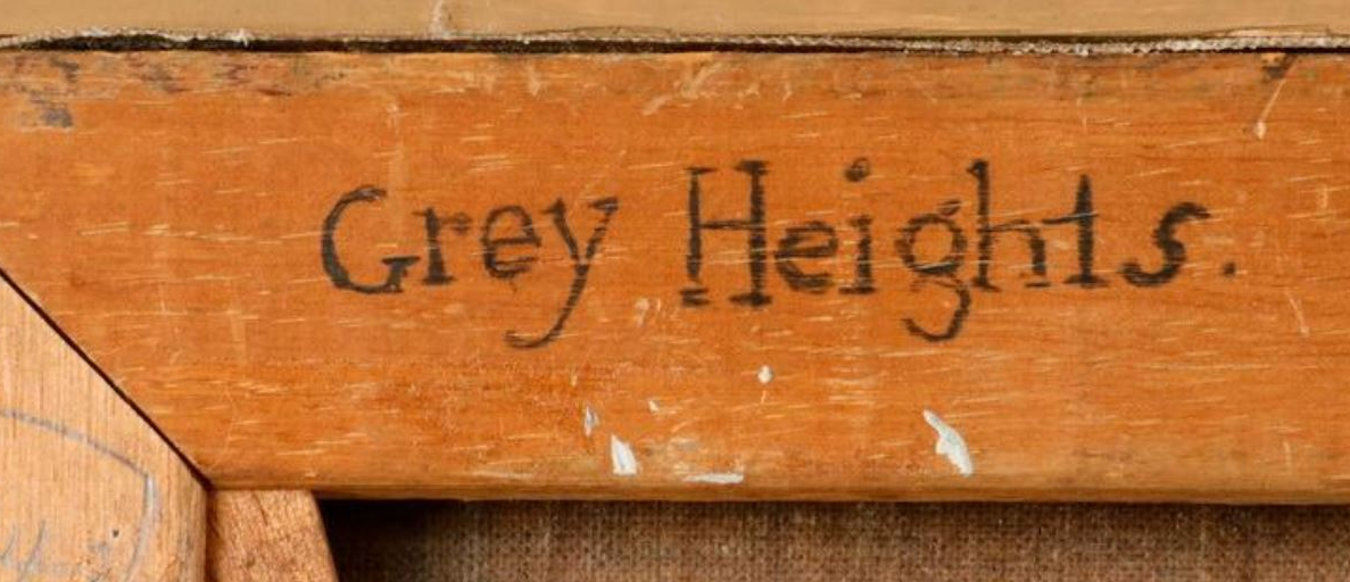
 In RSW's hand, the name on the back of stretcher
In RSW's hand, the name on the back of stretcher
 This painting came up for auction from the Thomaston (ME) Place
Auction Galleries on November 11, 2018 and sold at a hammer price of $8,500. The auction site gave the
following description of the painting: "...impasto oil on canvas, signed lower right, titled verso,
housed in a vintage gold gesso frame with bright gold liner, OS: 32" x 37", SS: 24 1/2" x 29 1/2",
cleaned and relined, minor retouching, fine craquelure." Live online, the auctioneer also stated the
frame was "22-carat gold inlay" (the gesso).
This painting came up for auction from the Thomaston (ME) Place
Auction Galleries on November 11, 2018 and sold at a hammer price of $8,500. The auction site gave the
following description of the painting: "...impasto oil on canvas, signed lower right, titled verso,
housed in a vintage gold gesso frame with bright gold liner, OS: 32" x 37", SS: 24 1/2" x 29 1/2",
cleaned and relined, minor retouching, fine craquelure." Live online, the auctioneer also stated the
frame was "22-carat gold inlay" (the gesso).
 Although we do not have any specific records dating the painting.
It is believed to have been painted after 1925 and no later than 1928. This determination is based
upon two factors: (1) the impasto style brush application was the most common technique used by RSW
up to 1928, yet (2) there appears to be little to no use of a high-gloss varnish RSW commonly used
between 1918 and 1925.
Although we do not have any specific records dating the painting.
It is believed to have been painted after 1925 and no later than 1928. This determination is based
upon two factors: (1) the impasto style brush application was the most common technique used by RSW
up to 1928, yet (2) there appears to be little to no use of a high-gloss varnish RSW commonly used
between 1918 and 1925.

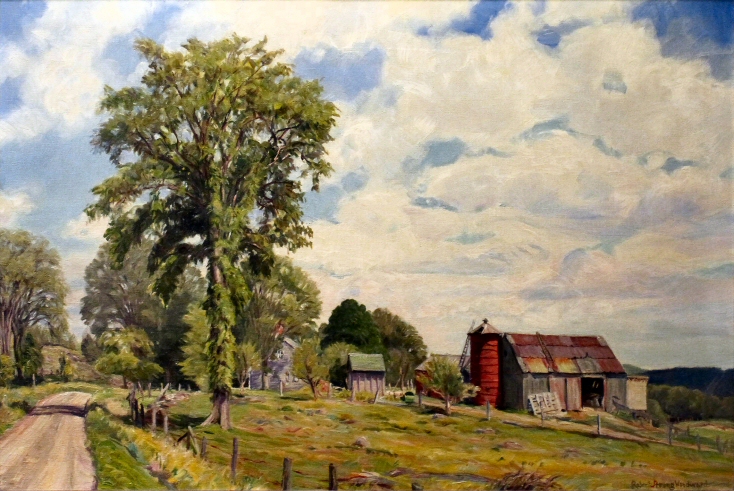
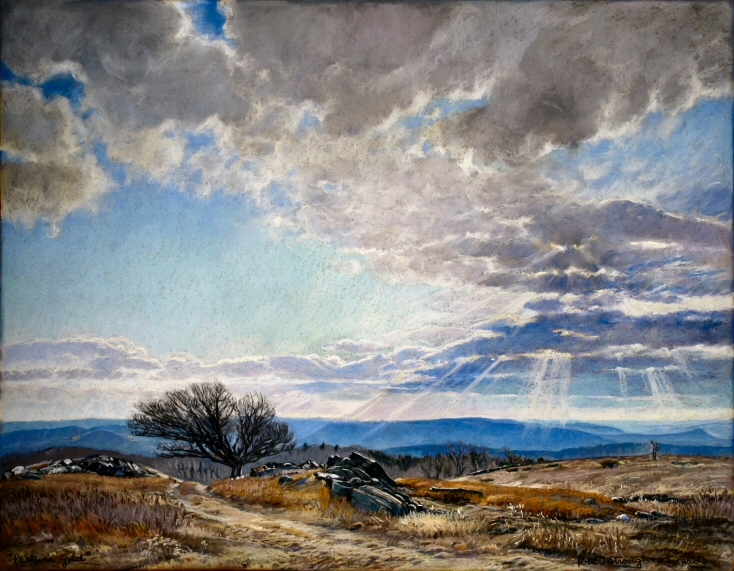
.png)
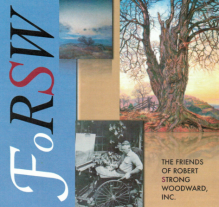
734.png)